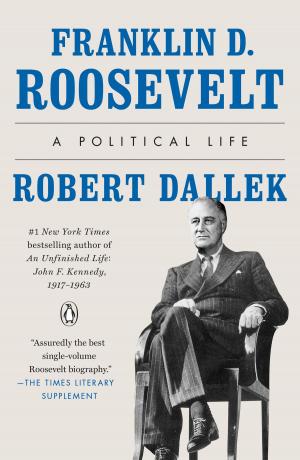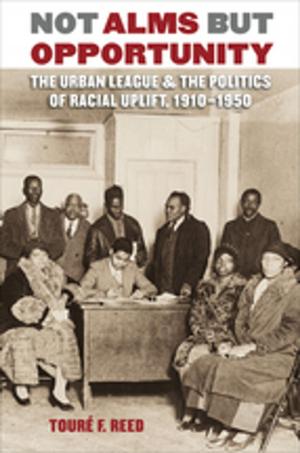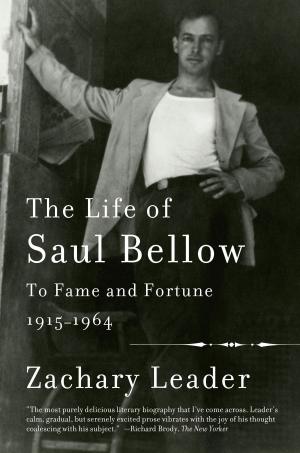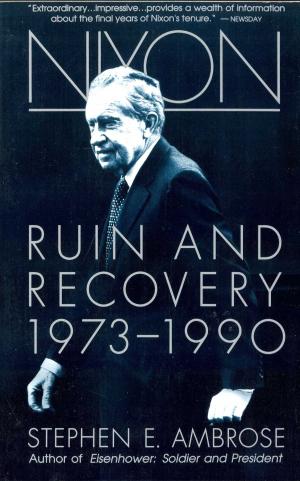The War Against Polio
Nonfiction, Health & Well Being, Health, Ailments & Diseases, Nervous System & the Brain, History, Modern, 20th Century| Author: | Mary Beth Smith | ISBN: | 9781311861726 |
| Publisher: | Mary Beth Smith | Publication: | October 29, 2014 |
| Imprint: | Smashwords Edition | Language: | English |
| Author: | Mary Beth Smith |
| ISBN: | 9781311861726 |
| Publisher: | Mary Beth Smith |
| Publication: | October 29, 2014 |
| Imprint: | Smashwords Edition |
| Language: | English |
The author’s father came down with polio during the epidemic of 1944. This book describes his story of pain, rehabilitation and return to normality as well as inspirational stories of other polio survivors, some more severely paralyzed than he was. Most of these people adjusted well to life after polio. But 30 to 40 years later they started getting what is known as post-polio syndrome which the author’s father had also.
Also included is a concise but comprehensive history of polio in 20th century America. In 1916, the crippling disease began in New York City and spread to other parts of the United States. Theodore Roosevelt’s county was especially hard hit with a 25% mortality rate. He formed a group of prominent citizens from his town of Oyster Bay and tried to prevent the disease from spreading. Nothing worked. In 1921 his distant cousin Franklin got polio and lost the use of both of his legs. He also was weak in his pelvic area and unable to walk more than a few steps on crutches. He founded a rehabilitation center in Warm Springs, Georgia. By 1926 he realized that he was never going to walk again but felt he could still run for office. In 1928 he ran for Governor of New York and served two terms. In 1933 he became President of the United States. While President he asked his law partner, Basil O’Connor, to head up a charity which provided for patient care and research into the disease. All patients needing money for hospital expenses were cared for. It was the most successful charity ever. It eliminated the need for government involvement.
After World War II, people began to clamor for a vaccine to prevent polio in the new generation of baby boomers. Enter Jonas Salk. By using his intelligence, great leadership skills and hard tedious work he was able to test his vaccine in 1952. In 1954 the vaccine was tested on millions of first, second and third grade children and was found to be safe and effective. In 1962 Salk’s vaccine was replaced with Sabin’s oral vaccine but that was found to cause polio in a few people. In 2000 the United States went back to the Salk vaccine. The Sabin vaccine is used for the developing world because of inability to afford expensive needles and because immunity can be spread by vaccinated people to the unvaccinated.
The author’s father came down with polio during the epidemic of 1944. This book describes his story of pain, rehabilitation and return to normality as well as inspirational stories of other polio survivors, some more severely paralyzed than he was. Most of these people adjusted well to life after polio. But 30 to 40 years later they started getting what is known as post-polio syndrome which the author’s father had also.
Also included is a concise but comprehensive history of polio in 20th century America. In 1916, the crippling disease began in New York City and spread to other parts of the United States. Theodore Roosevelt’s county was especially hard hit with a 25% mortality rate. He formed a group of prominent citizens from his town of Oyster Bay and tried to prevent the disease from spreading. Nothing worked. In 1921 his distant cousin Franklin got polio and lost the use of both of his legs. He also was weak in his pelvic area and unable to walk more than a few steps on crutches. He founded a rehabilitation center in Warm Springs, Georgia. By 1926 he realized that he was never going to walk again but felt he could still run for office. In 1928 he ran for Governor of New York and served two terms. In 1933 he became President of the United States. While President he asked his law partner, Basil O’Connor, to head up a charity which provided for patient care and research into the disease. All patients needing money for hospital expenses were cared for. It was the most successful charity ever. It eliminated the need for government involvement.
After World War II, people began to clamor for a vaccine to prevent polio in the new generation of baby boomers. Enter Jonas Salk. By using his intelligence, great leadership skills and hard tedious work he was able to test his vaccine in 1952. In 1954 the vaccine was tested on millions of first, second and third grade children and was found to be safe and effective. In 1962 Salk’s vaccine was replaced with Sabin’s oral vaccine but that was found to cause polio in a few people. In 2000 the United States went back to the Salk vaccine. The Sabin vaccine is used for the developing world because of inability to afford expensive needles and because immunity can be spread by vaccinated people to the unvaccinated.















